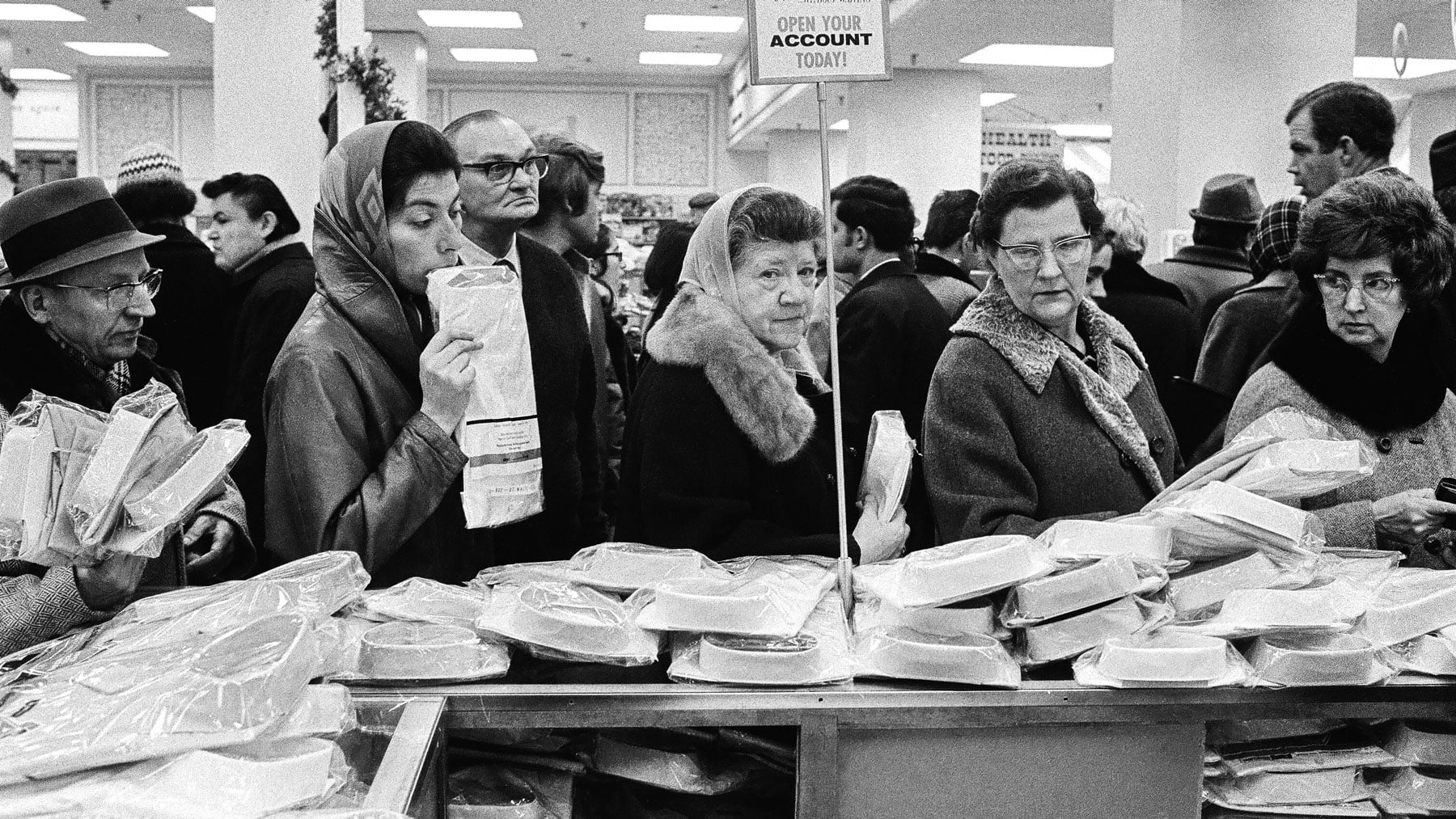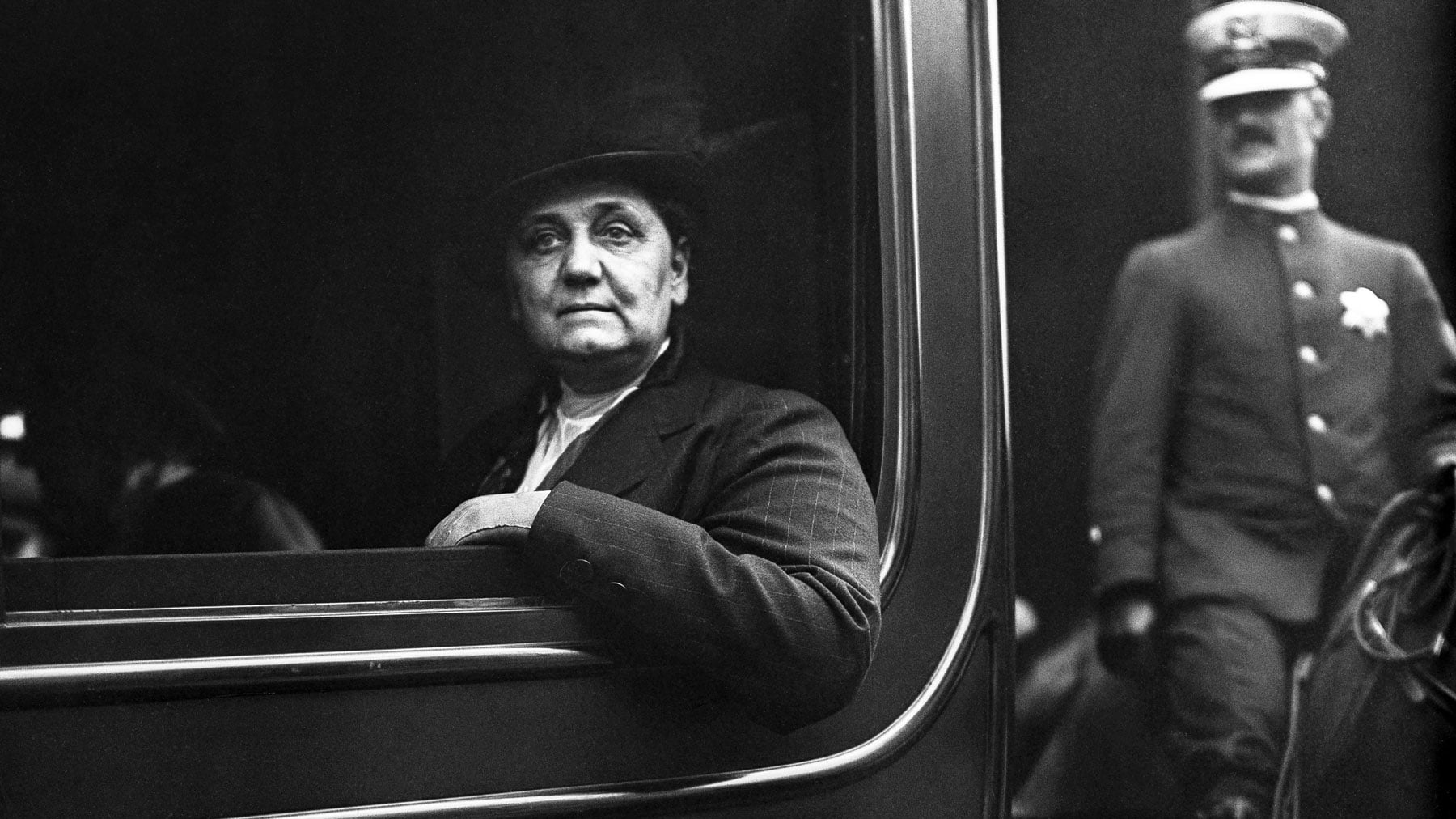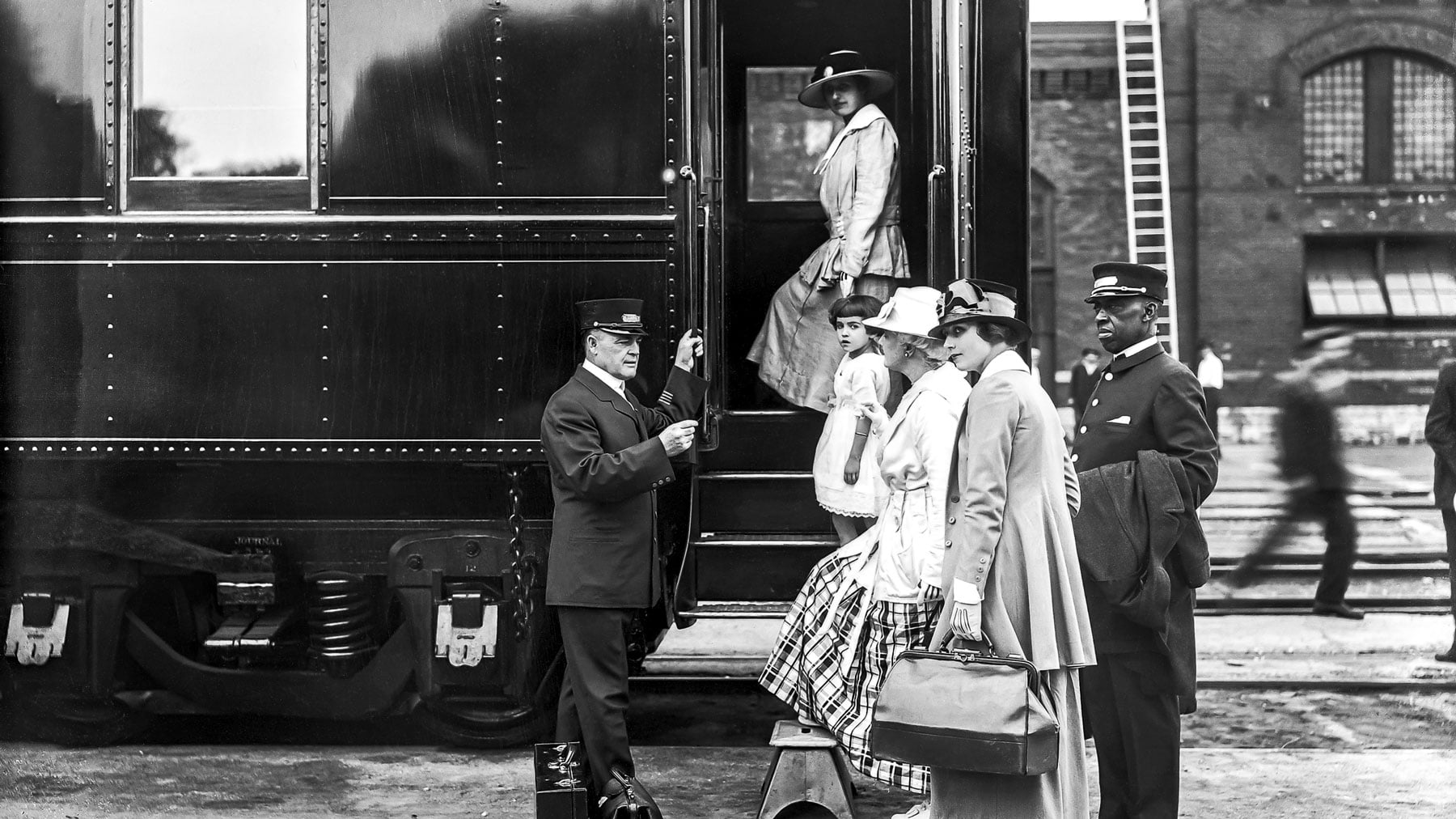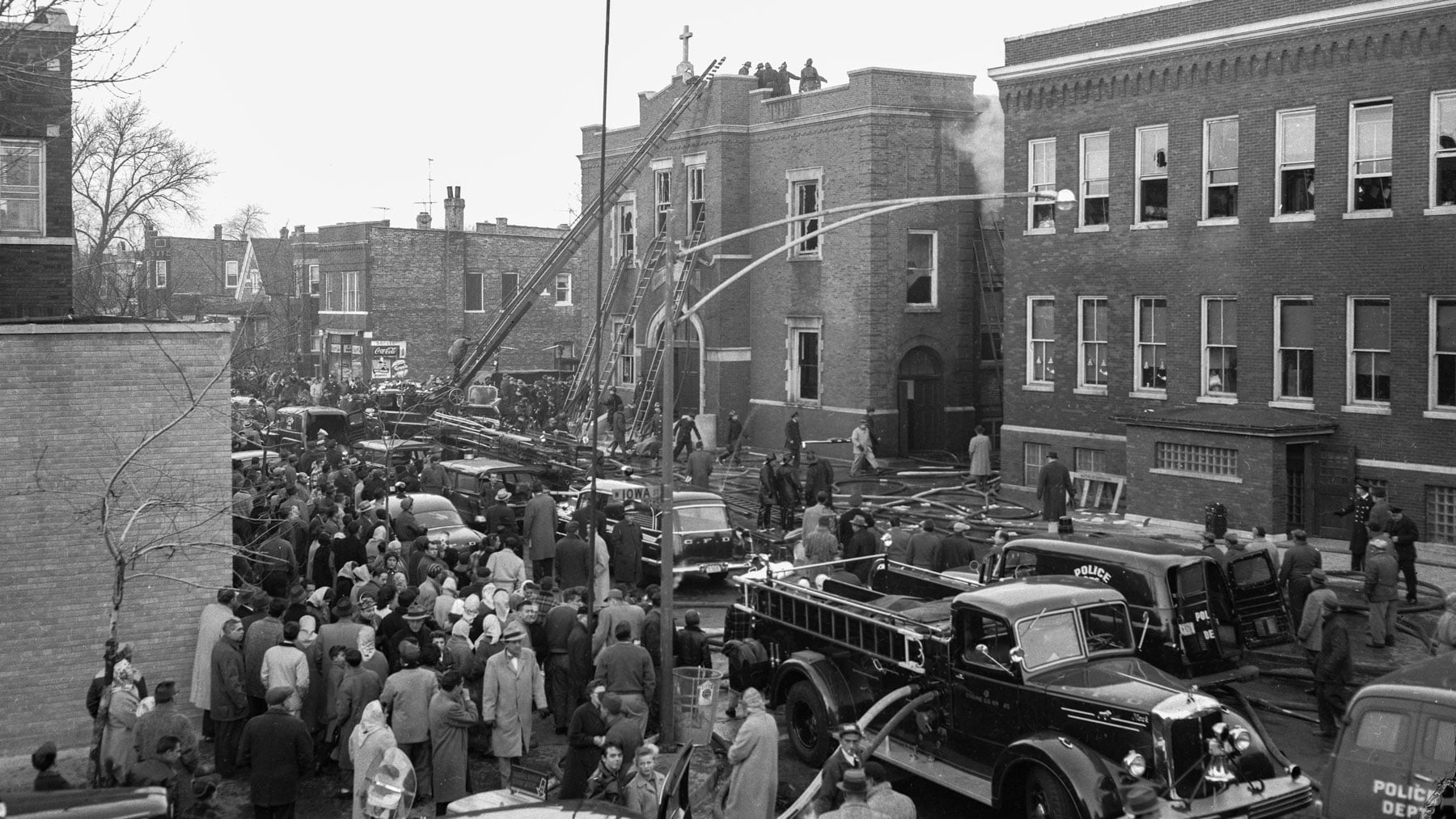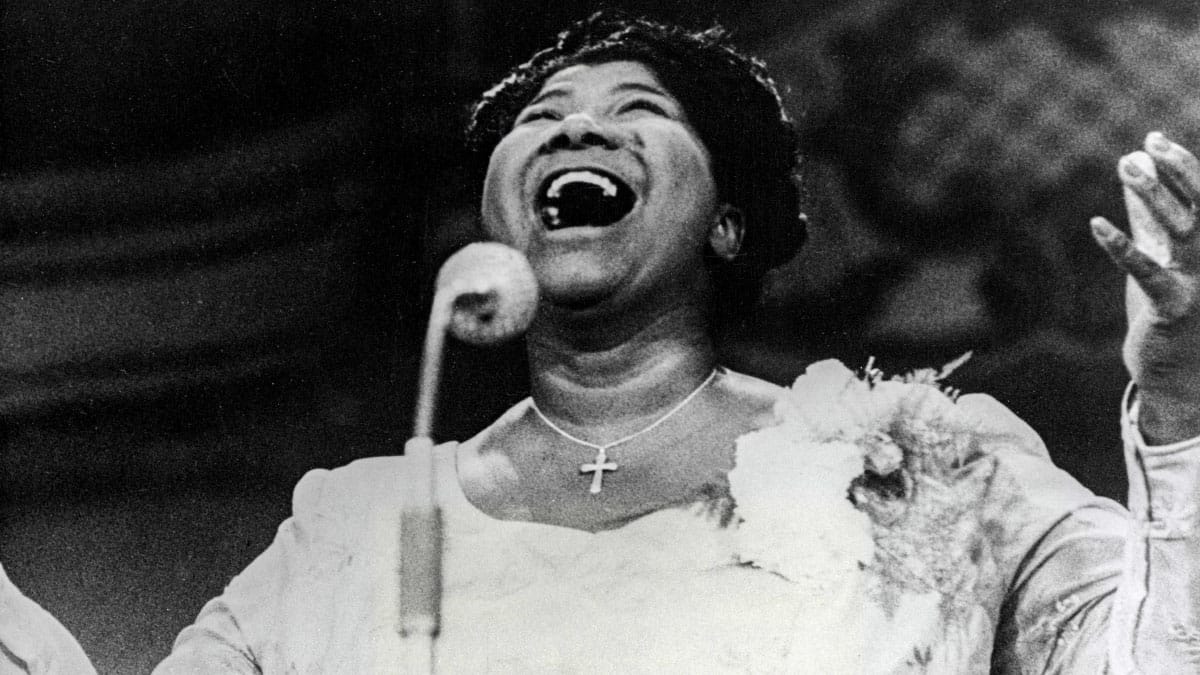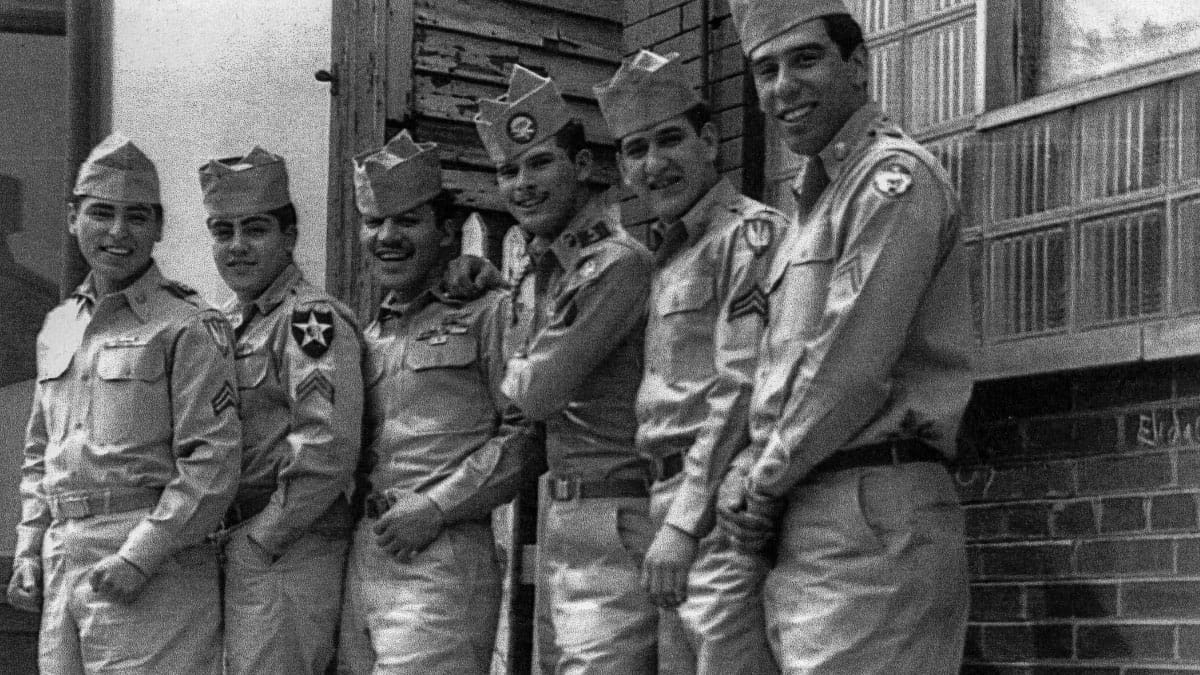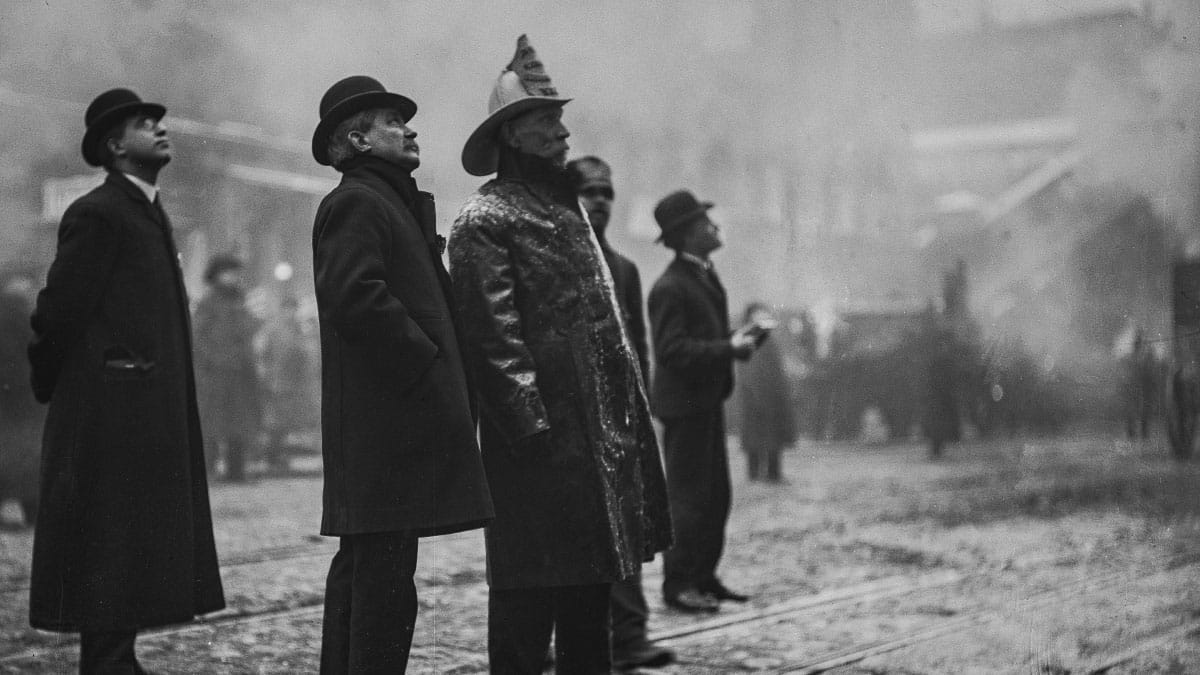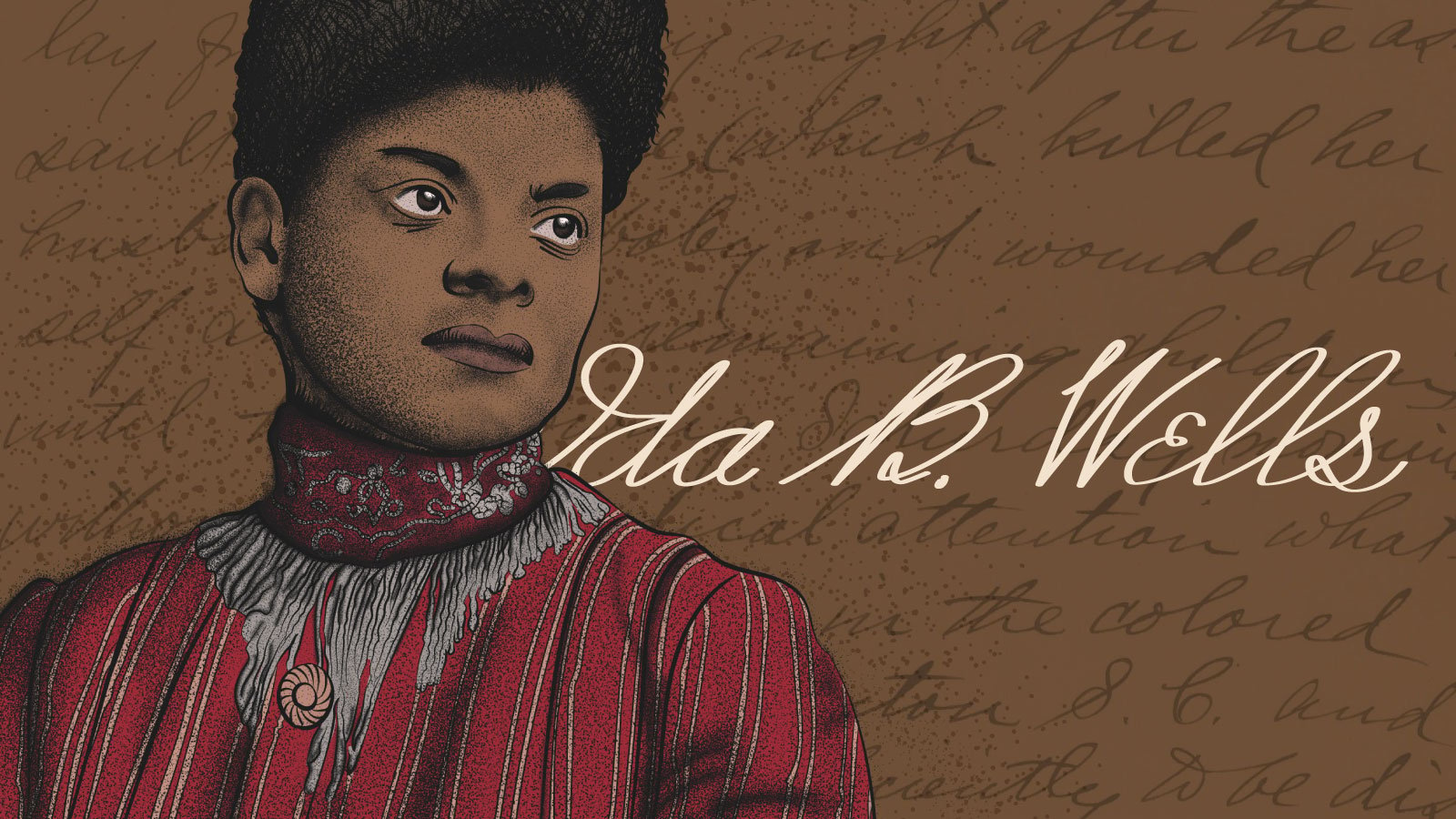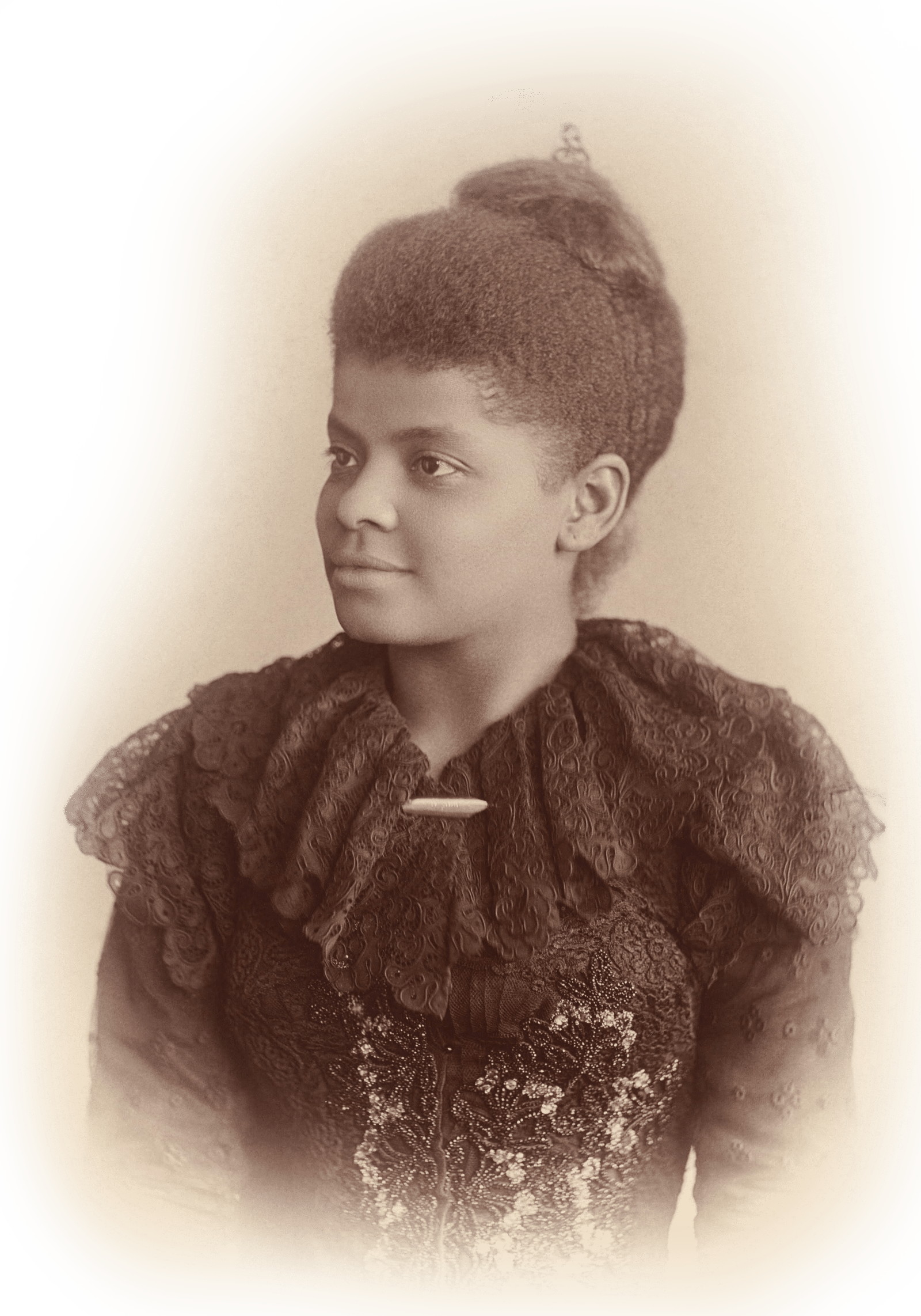
1862Ida’s Family and Early Life
Ida Bell Wells was born into slavery on July 16, 1862 in Holly Springs, Mississippi to James and Elizabeth Wells, just six months before the Emancipation Proclamation took effect.

In her autobiography, Crusade for Justice, which was edited by her youngest daughter, Alfreda Duster, Wells writes that her father was “the son of his master” and a woman named Peggy, whom his father enslaved. James’ father took him to Holly Springs so he could learn a trade, and James became a skilled carpenter. James became an apprentice at the plantation of an architect named Spires Boling. Wells writes that her father “was never whipped or put on the auction block, and he knew little of the cruelties of slavery.”
Elizabeth had the “complete opposite” experience, said Alfreda Duster. Duster told Studs Terkel in a 1971 interview that Elizabeth was “snatched from her parents, from her mother, at the tender age of 7, and was sold and resold and bore the scars on her back of overseers and mean masters.” Elizabeth eventually became a cook in Boling’s house. In her autobiography, Wells describes her mother as a “famous cook.”
After the Emancipation Proclamation freed James, Elizabeth, and 6-month-old Ida, James continued to work for Boling, though now as a paid employee. But a dispute with Boling over politics led them to part ways. Once James had the right to vote, he refused to vote for slavery-supporting Democratic candidates in state elections, despite pressure from Boling to do so. According to Michelle Duster’s book about her great-grandmother, Ida B. the Queen, Boling locked James out of his carpentry shop. But James was skilled and was able to rent a house and begin anew. “His willingness to suffer consequences for doing what was right likely made an impression on young Ida,” Duster writes.
Wells was one of eight children. She was the oldest, followed by Eugenia, James, Georgie, Annie, Lily, and Stanley. Another brother, Eddie, had died as a child. She and her siblings attended school at Shaw University (later renamed Rust College), where her father served on the board of trustees. “Our job was to go to school and learn all we could,” Wells writes. Her mother attended class alongside her children to learn how to read and write. James was active in politics and encouraged his children to do well in school.
“My earliest recollections are of reading the newspaper to my father and an admiring group of his friends,” Wells writes in her autobiography. “He was interested in politics and I heard the words Ku Klux Klan long before I knew what they meant. I knew dimly that it meant something fearful, by the anxious way my mother walked the floor at night when my father was out to a political meeting.”
Wells describes her childhood in Holly Springs as “happy.” But a tragedy would alter the course of Wells’ youth.
1878An Epidemic Changes Wells’ Life
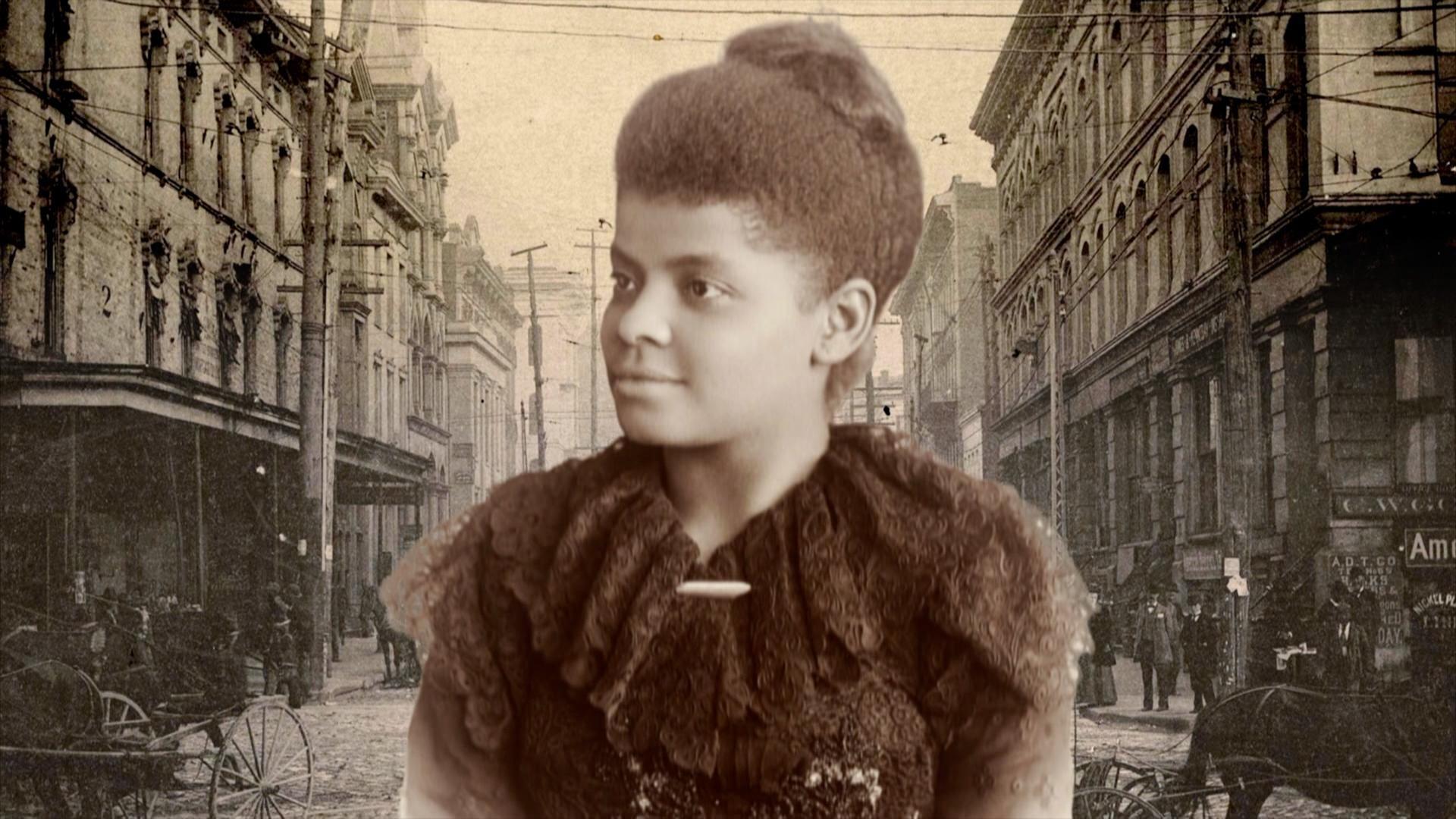
In 1878, a yellow fever epidemic ravaged parts of the South, spreading from New Orleans northward up the Mississippi River. The mosquito-borne virus causes fever, chills, nausea, delirium, muscle aches, and can lead to organ failure. When the disease attacks the liver, it can cause jaundice, leading to the yellowing of the skin that gives the disease its name.
That summer, the epidemic came to Holly Springs where the Wells family lived. Ida B. Wells was visiting her grandmother Peggy’s farm in Tippah County when three of her parents’ friends arrived with a letter carrying the news: her parents had both died of yellow fever, just one day apart. Now the head of her family at age 16, Wells insisted on returning to Holly Springs to care for her siblings, including Eugenia, who had a disability that eventually left her paralyzed. Her friends and relatives all discouraged her, since Wells was recovering from a different illness and would be at risk of contracting yellow fever if she returned.
But when I thought of my crippled sister, of the smaller children all down to the nine-month-old baby brother, the conviction grew within me that I ought to be with them. I went back to the station and the train that should have carried my letter took me home.
When Wells arrived in Holly Springs, she learned that her youngest brother, an infant named Stanley, had also died of yellow fever.
“After being a happy, light-hearted schoolgirl, I suddenly found myself at the head of a family,” Wells writes. Neighbors and relatives suggested that some of her siblings go to one place or another, but she refused to split up her family. Wells was now financially responsible for her surviving siblings, so she took and passed the teachers’ exam and got a job teaching at a school six miles away. Because she had a long commute, her grandmother and other relatives helped care for her younger siblings while Wells worked.
Paula Giddings, historian and author of Ida: A Sword Among Lions, said Wells’ determination to keep her family together is an early indication of her strength.
“Wells is now thrown upon at 16 her own resources and insists [upon] taking care of her brothers and sisters herself, rather than having them to go to other families,” Giddings said. “And so we see what kind of character and determination she has very, very early on.”
Daphene McFerren, executive director of the Benjamin L. Hooks Institute for Social Change at the University of Memphis, told Chicago Stories producer Stacy Robinson that Wells’ faith helped her throughout this period.
“Throughout Ida’s writings, it is very clear that religion is very important to her,” McFerren said. “I believe it was because Ida was alone after the death of her parents, and that the religious background served as a support for her navigating life as a single woman in charge of providing financial support to her siblings.”
After Wells’ grandmother suffered a stroke and was no longer able to help care for the children, Wells left Eugenia in the care of an aunt, and her brothers began to work on the same aunt’s farm. Though the exact timeline is not clear, because Wells never wrote about it, Eugenia died sometime in the years that followed. Despite her best efforts to keep her family together, Wells, along with her sisters Annie and Lily, moved to Memphis to live with their Aunt Fanny, whose husband had also died in the yellow fever epidemic. It was in Memphis that Wells first public fight for justice began.
1880The Chesapeake, Ohio, & S.W. Railroad Company vs. Ida B. Wells
As Giddings writes in A Sword Among Lions, in Memphis “Ida had her first experience in living in an urban Black community.” By the time Wells moved to the city in 1880, 44 percent of Memphis’ population was Black, according to Giddings.
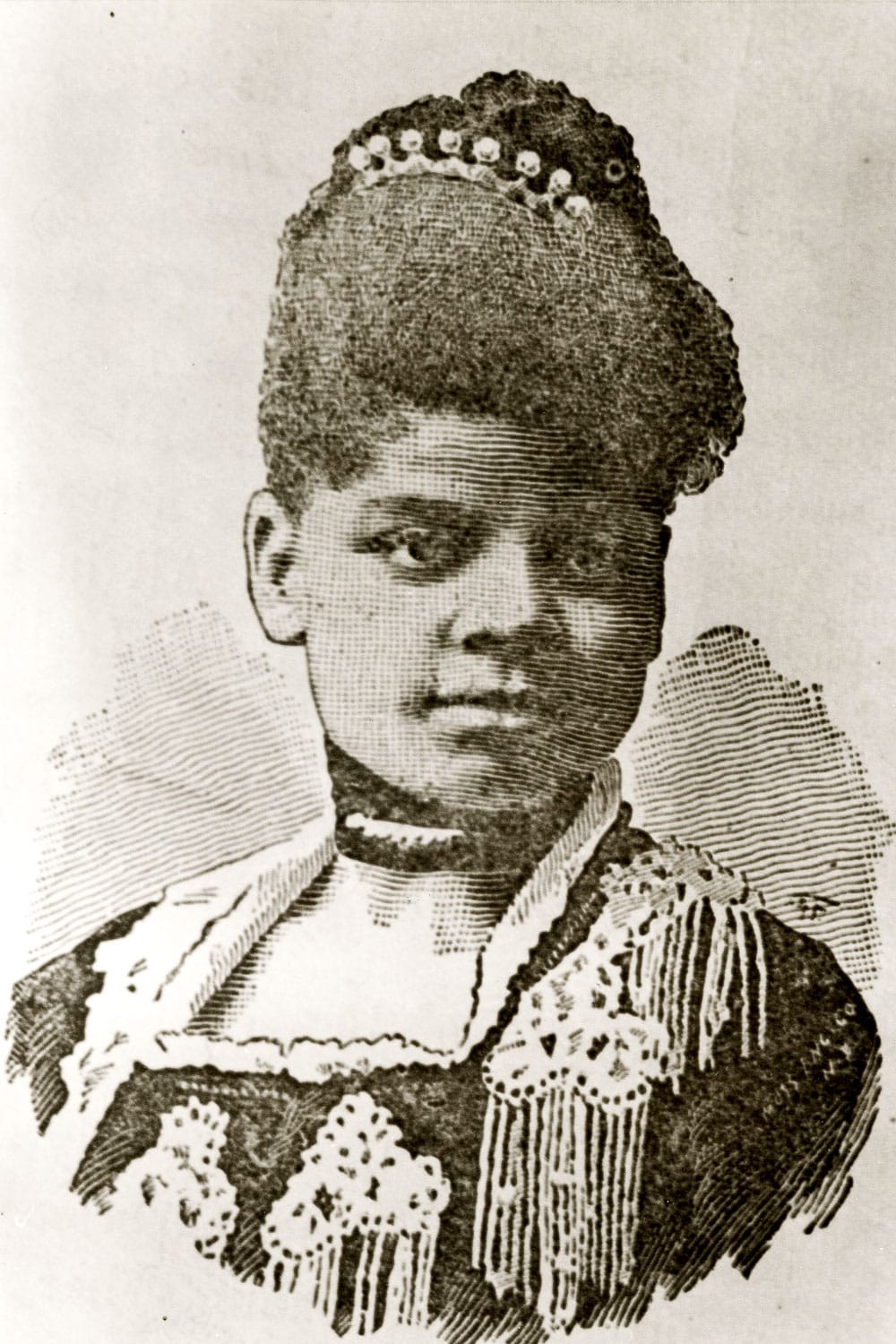
Wells had gotten a good job teaching in Shelby County, Tennessee, taking the train to work every day. As she indicates in her autobiography, there were no Jim Crow laws at the time, but once the U.S. Supreme Court overturned the Civil Rights Act of 1875 in 1883, there were efforts in the South to “draw the color line” on railroad cars.
“We don’t appreciate how much influx the ideas around race and civil rights are in this period of the 1880s,” Giddings said. “For a moment, it does look like that there is a possibility that Blacks will actually have first-class citizenship in the South.”
On September 15, 1883, Wells boarded the Chesapeake and Ohio Railroad train that took her to her teaching job. Her ticket was for the first-class car.
The rail line Wells boarded had “separate but equal” cars. There was a “ladies’ car” reserved for white women, as well as the Black maids or nurses that traveled with them. The “colored car,” however, was not separated by gender. Train conductors policed the ladies’ car, making sure to enforce the rules of no swearing, drinking, or smoking. But the conductors didn’t police the colored car, making it “indistinguishable” from another car – the smokers’ car – where the behavior of second-class ticket holders went unregulated. Giddings writes, “It was common practice for white men to leave their car to smoke and drink in the first-class colored car and then return to the unsullied environment of the ladies’ car.”
So when Wells boarded the colored car and saw that an intoxicated white man was smoking and drinking, she moved to the ladies’ car where she settled in for her journey. When the conductor arrived to take her ticket, he told her that the car was reserved for white ladies. Wells stayed put.
I refused, saying that the forward car was a smoker, and as I was in the ladies’ car I proposed to stay. He tried to drag me out of the seat, but the moment he caught hold of my arm I fastened my teeth in the back of his hand.
The conductor got another train employee and dragged Wells out of the car. She writes, “They were encouraged to do this by the attitude of the white ladies and gentlemen in the car; some of them even stood on the seats so that they could get a good view and continued applauding the conductor for his brave stand.”
Wells writes that despite being roughly handled, she held onto her ticket the whole time. The sleeves of her dress had been torn, but she was otherwise uninjured. She almost immediately contacted a lawyer.
“In Memphis, she was surrounded by a lot of political people,” Giddings said. “And so she’s very aware of what she’s doing.”
The first lawyer Wells hired was a Black man, but she discovered that he was bought off by the railroad company. Her second lawyer, a white man, eventually brought the case to the local circuit court. She won her case and was awarded $500 in damages. A Tennessee newspaper announced Wells’ victory with the headline containing a racist slur: “A Darky Damsel Obtains a Verdict for Damages.”
This was a significant victory for Wells because in the Victorian period, one’s character was “a kind of destiny,” said Giddings.
“It was really important to be deigned someone with character, and someone who deserves all the protections of a lady,” Giddings said. “She wins and is rather optimistic. She’s celebrated. She becomes a minor celebrity in Memphis because of the win. It’s looking like part of [Black Americans’] progress towards first-class citizenship.”
But in 1887, the Tennessee Supreme Court overturned the ruling in Wells’ case and ordered her to pay court fees.
I felt so disappointed because I had hoped such great things from my suit for my people generally. I have firmly believed all along that the law was on our side and would, when we appealed to it, give us justice. I feel shorn of that belief and utterly discouraged, and just now, if it were possible, would gather my race in my arms and fly away with them. O God, is there no redress, no peace, no justice in this land for us?
According to Giddings, the hope that emerged during Reconstruction – that African Americans might be considered full citizens with equal rights under the law – began to shift. Instead, the South began implementing segregation and Jim Crow laws in the late 1880s. All of this “is symbolized by [Wells] losing the case in the state supreme court,” she said.
“She’s obviously very, very upset,” Giddings said. “Once you feel that the law is not on your side, that’s when you really become radicalized. I think this marks the beginning of a radical view of what one has to do in order to get justice.”

